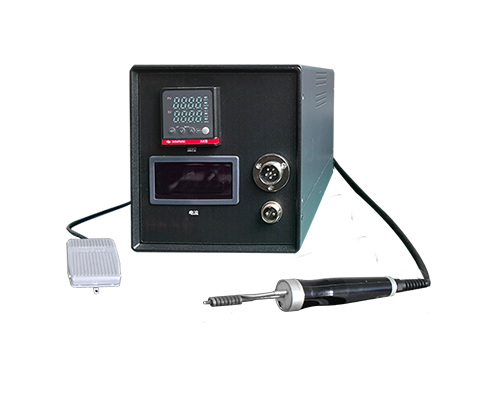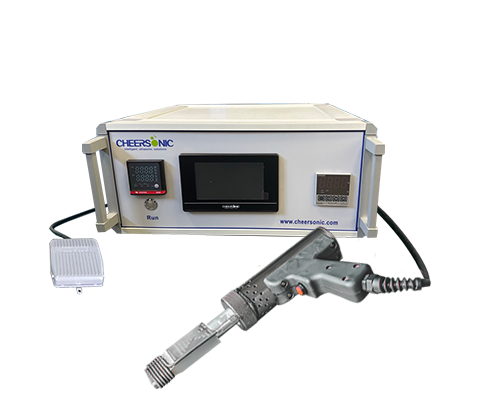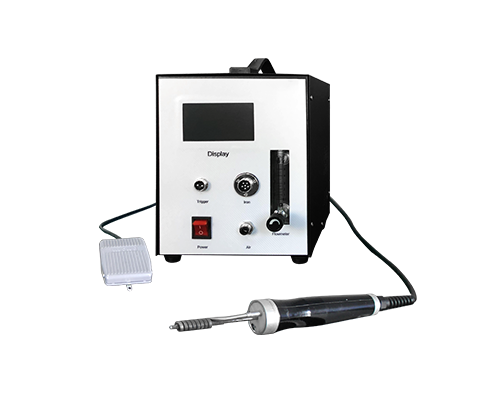In the current era of rapid iteration in new energy technologies, perovskite batteries have become a popular direction in the photovoltaic field due to their high efficiency and low cost. However, their crystal structure is sensitive to water vapor and oxygen, and long-term exposure to the natural environment can easily lead to performance degradation. This stability issue has become a core bottleneck restricting their commercialization. Encapsulation technology, as a "barrier" protecting perovskite batteries, directly determines the battery's lifespan and reliability. In this process, ultrasonic soldering irons are gradually playing a crucial role.
The core objective of encapsulation is to build a tight protective system for the perovskite battery, isolating it from moisture, oxygen, and impurities in the external environment. In traditional encapsulation processes, heating tools often face problems such as insufficient temperature control precision and low sealing efficiency. Excessive temperature can damage the internal structure of the battery, while insufficient temperature makes effective sealing difficult.
The core advantage of ultrasonic soldering irons stems from their unique heating method. Unlike traditional soldering irons that rely on resistance heating, it transfers energy to the welding area through high-frequency mechanical vibration, causing the metal or polymer materials at the contact surface to undergo rapid plastic deformation and fuse, while simultaneously achieving precise localized heating. This method eliminates the need for large-area heating, minimizing thermal shock to the core layer of the perovskite battery and preventing performance degradation due to high temperatures.

In perovskite battery encapsulation, the value of ultrasonic soldering irons is manifested in three aspects. First, high sealing efficiency: high-frequency vibration can complete the welding of the protective layer in seconds, significantly shortening the encapsulation time of a single battery and adapting to the needs of large-scale production. Second, strong sealing performance: vibration energy ensures a tight fit between the protective layer and the battery substrate, reducing micro-gaps and mitigating the risk of moisture penetration. Third, better environmental friendliness: the entire process eliminates the need for flux and other chemicals, avoiding the potential impact of residual impurities on battery performance and reducing the cost of subsequent cleaning processes.
As perovskite battery technology advances towards industrialization, the demand for more refined encapsulation processes will continue to increase. With its precise temperature control and efficient sealing capabilities, ultrasonic soldering irons not only provide a reliable tool for current encapsulation solutions but also lay the technological foundation for future thinner and more flexible perovskite battery encapsulation. In the future, with further optimization of its vibration frequency and temperature control accuracy, it may play a role in the packaging of more new energy devices, helping to promote the application of green energy technologies.





